Back to Courses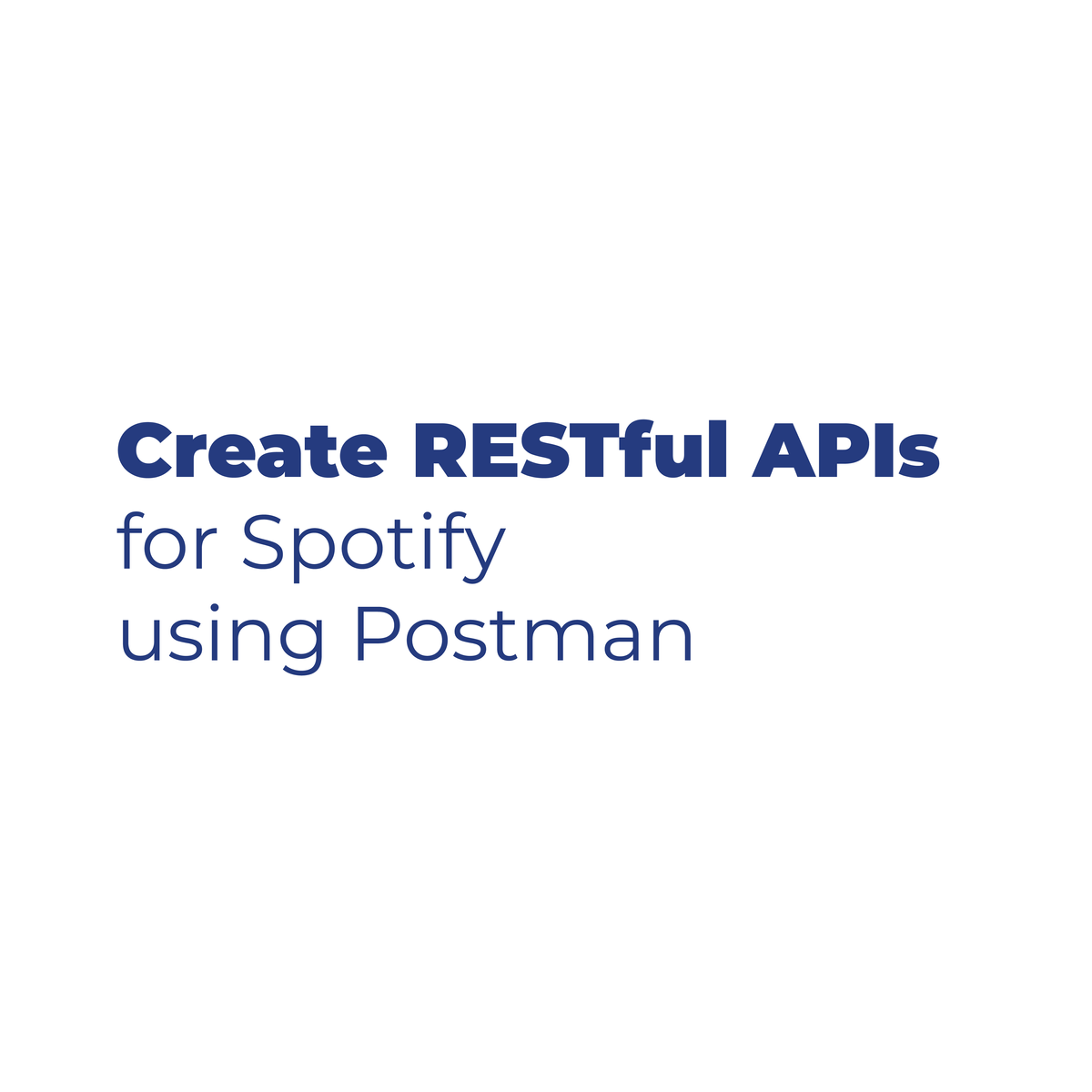

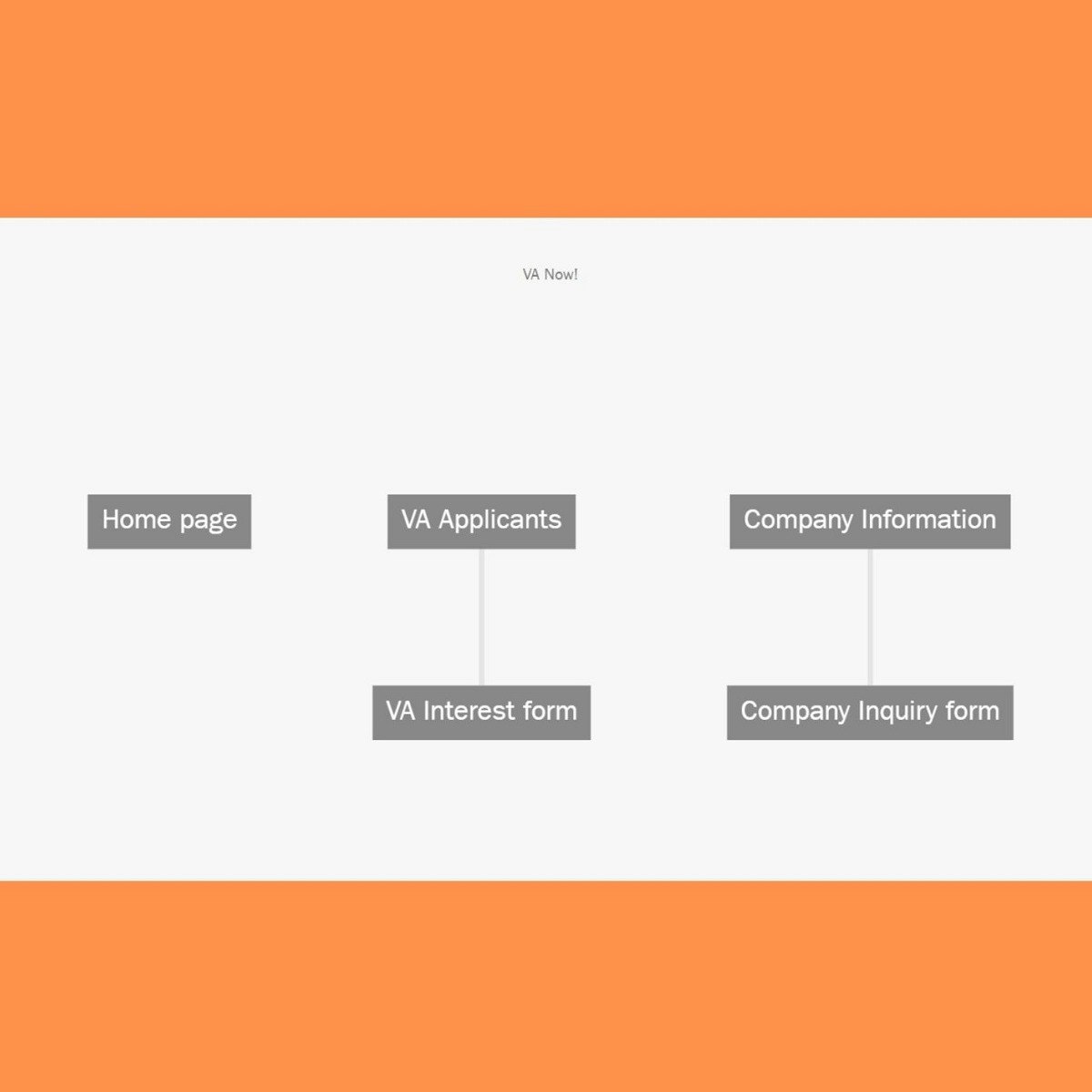
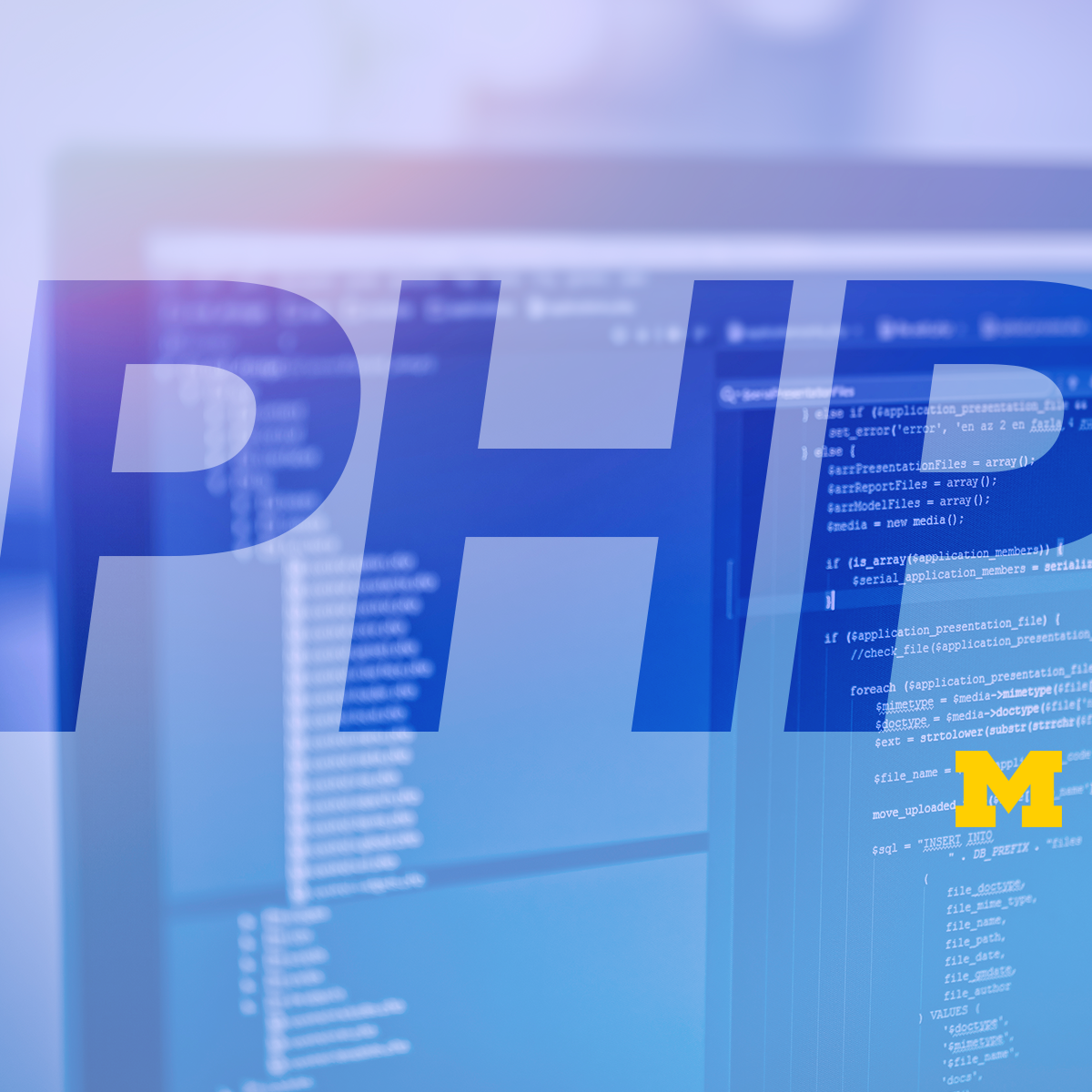

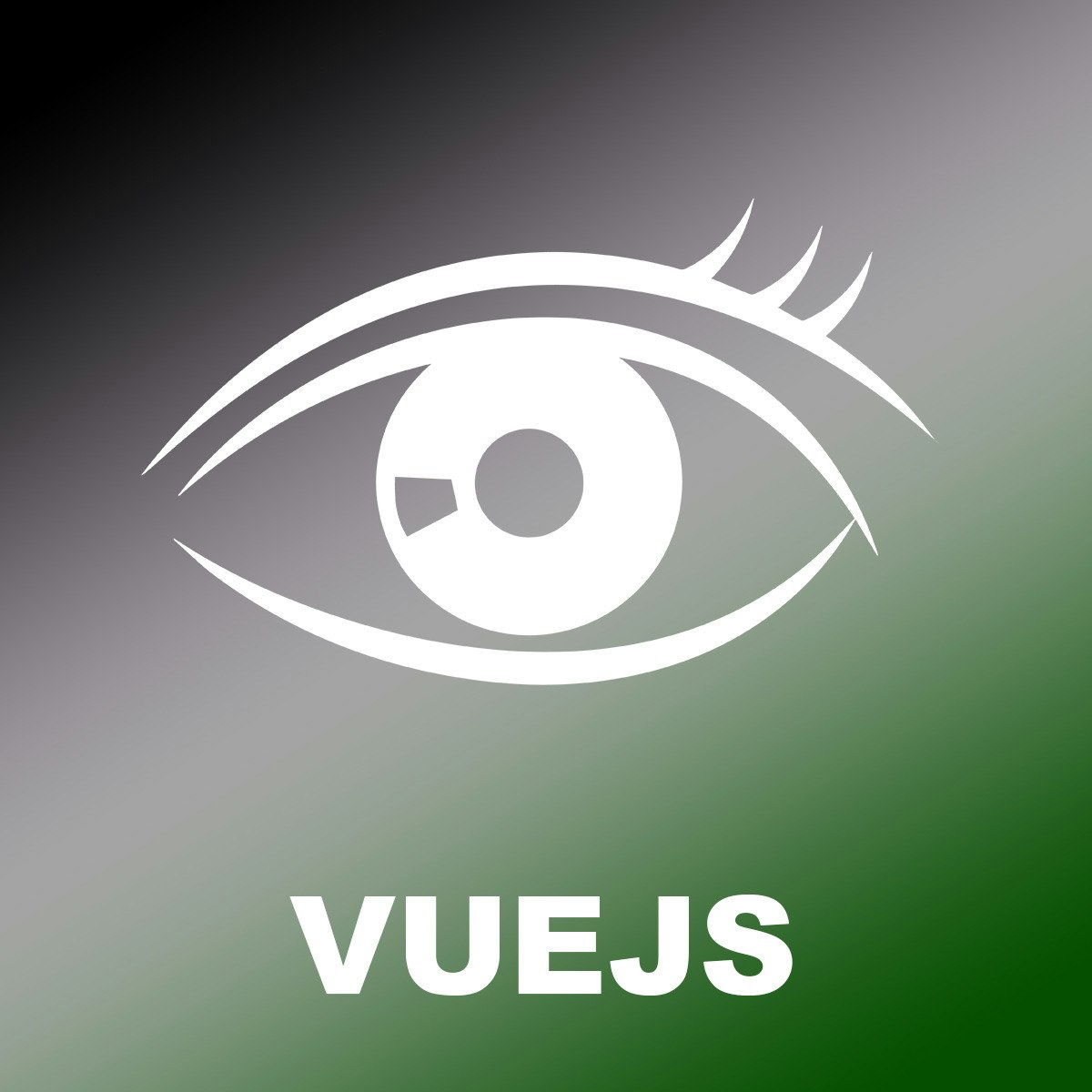

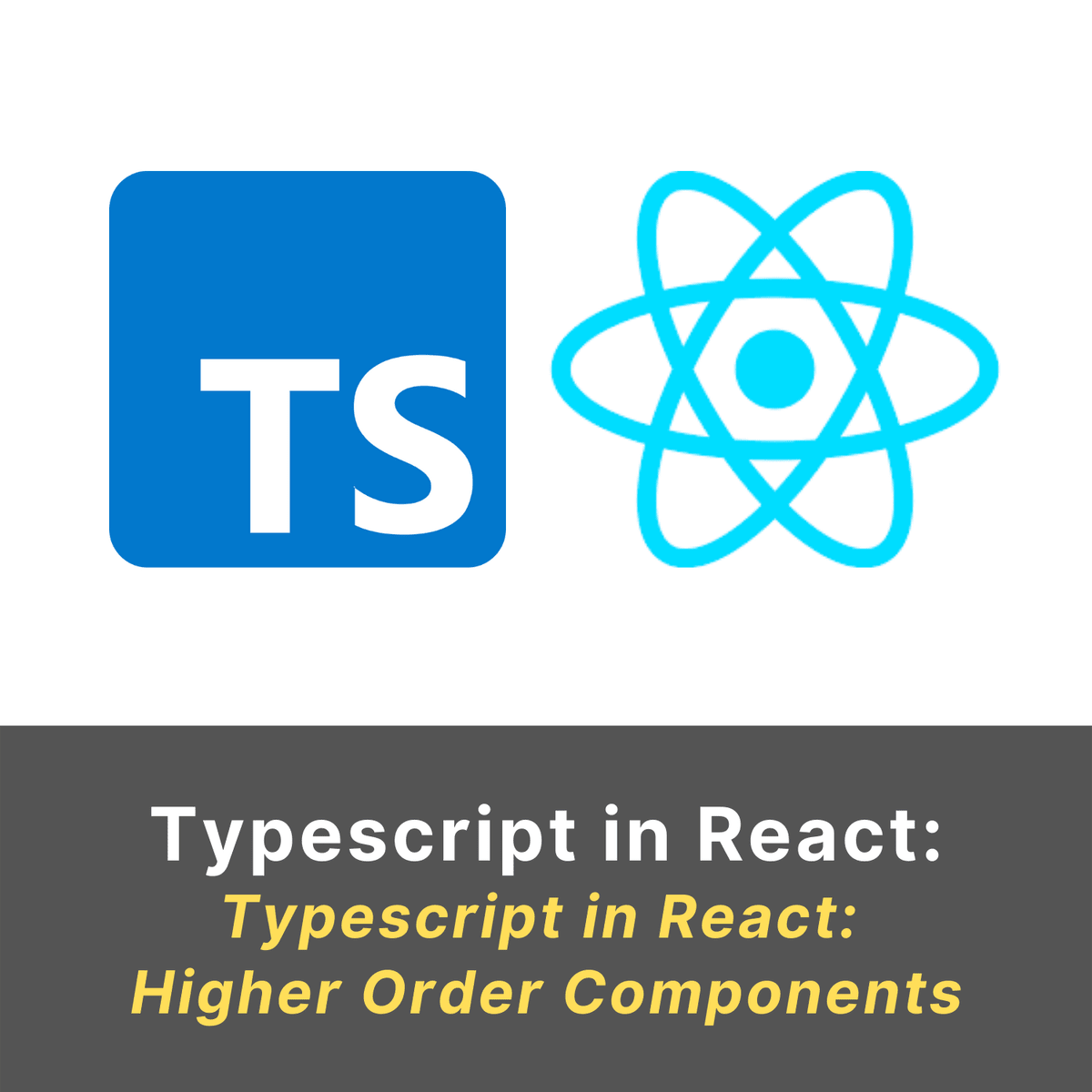


Mobile And Web Development Courses - Page 24
Showing results 231-240 of 456

Create RESTful APIs for Spotify using Postman
In this 1-hour 20-minutes long project-based course, you will learn What are APIs and how to use them, what is a request anatomy, and how to use postman.
Note: This course works best for learners who are based in the North America region. We’re currently working on providing the same experience in other regions.

Game Design and Development 5: Capstone Project
In the game design and development capstone course, you will create an original game from initial concept up to the first playable version! Along the way, you will have the opportunity to put your game ideas in front of your peers. The capstone experience gives you the opportunity to push your skills further and demonstrate your newfound skills as a game developer. The capstone also contains guest talks from game industry professionals at Riot Games, Blizzard Entertainment, Insomniac Games, Gearbox Entertainment, Iron Galaxy, Deep Silver Volition, Goodgame Studios, Stardock, GREE, Heart Shaped Games, and more.

Build a Website Map with Jumpchart
There are many tools to develop websites. Planning a website is an important step in the process. Without planning your site you may not meet all the user’s pain points and your user design will be flawed. Jumpchart lets you draft and export websites from your browser, then share your creations with others to collaborate. Drafts can be turned into wireframes, and Jumpchart takes your links, images, and files to produce your website. The sitemaps in Jumpchart will be built as you add pages to your website plan. In this project you will learn about how to use Jumpchart and create your website design.

Building Web Applications in PHP
In this course, you'll explore the basic structure of a web application, and how a web browser interacts with a web server. You'll be introduced to the request/response cycle, including GET/POST/Redirect. You'll also gain an introductory understanding of Hypertext Markup Language (HTML), as well as the basic syntax and data structures of the PHP language, variables, logic, iteration, arrays, error handling, and superglobal variables, among other elements. An introduction to Cascading Style Sheets (CSS) will allow you to style markup for webpages. Lastly, you'll gain the skills and knowledge to install and use an integrated PHP/MySQL environment like XAMPP or MAMP.

Draw a Wireframe in Miro
By the end of this project, you will be able to apply draw a wireframe by applying design principles and customer-centric thinking.
To Draw a Wireframe in Miro, you will gain hands-on experience applying design thinking, user interface knowledge, and context from each step of the customer journey in the Miro online visual collaboration platform for teamwork.
Note: This course works best for learners who are based in the North America region. We’re currently working on providing the same experience in other regions.

Create a Web Link Preview with VueJS Components
One of the strengths of VueJS is the being able to leverage numerous third party reusable components. In this project, you will learn how to create a reusable VueJS component yourself and take a more object oriented development approach. Basic HTML, DOM, JavaScript, and VueJS required as prerequisites. If you are new to VueJS, completing my other guided project “Write a University Index Web App with VueJS” is highly recommended.

Webpage Design with Wireframes in Miro
By the end of this project, you will be able to apply design principles and customer-centric thinking to design a webpage interface with the goal of streamlining the User Experience (UX).
To do this, you will gain hands-on experience applying design thinking, user interface knowledge, and context from each step of the customer journey in the Miro online visual collaboration platform for teamwork.
Note: This course works best for learners who are based in the North America region. We’re currently working on providing the same experience in other regions.

Typescript in React: Higher Order Components
By the end of this course you will be able to start working with higher order components in Typescript applications. We will start by focusing on the core higher order component concepts reinforced by code examples which start off simple to drill the concepts, and toward the end we gradually increase the complexity and variety of real world examples of higher order component logic utility in Typescript.
This course is aimed at developers who are familiar with React and Typescript, understand the basics well, and would like to have some more experience, especially using some of the more advanced and dynamic development patterns in React.
Handheld AR App Development with Unity
Augmented Reality, or AR, will transform how we see and interact with the world. And the hardware that makes AR possible is the smartphone that you may already have in your pocket. In this course, you'll learn how to develop your own mobile AR applications in Unity for iOS and Android devices. You'll learn about the features offered by Unity's AR Foundation, and about additional features in ARKit and ARCore.
Using the very latest techniques recommended by Unity engineers, you'll build a complete AR environment that you can continue to use after the course, while learning to apply best practices in user experience and interaction.
This is the last of three courses in Unity's XR Specialization, which includes an Introduction to XR course as well as a course focused on developing VR applications with Unity.
Note that, to complete this course, you will need a smartphone capable of running ARKit or ARCore. Compatible devices are listed in the links below:
https://developers.google.com/ar/discover/supported-devices
https://developer.apple.com/library/archive/documentation/DeviceInformation/Reference/iOSDeviceCompatibility/DeviceCompatibilityMatrix/DeviceCompatibilityMatrix.html
The course also assumes that you already have experience developing applications with Unity and that you are comfortable with basic C# programming. It will also be helpful if you are familiar with building other types of apps to run on mobile devices.

Vertex Pipelines: Qwik Start
This is a self-paced lab that takes place in the Google Cloud console.
In this lab you will create ML Pipelines using Vertex AI. Pipelines help you automate and reproduce your ML workflow. Vertex AI integrates the ML offerings across Google Cloud into a seamless development experience. Previously, models trained with AutoML and custom models were accessible via separate services. Vertex AI combines both into a single API, along with other new products. Vertex AI also includes a variety of MLOps products, like Vertex Pipelines. In this lab, you will learn how to create and run ML pipelines with Vertex Pipelines.
Popular Internships and Jobs by Categories
Find Jobs & Internships
Browse
© 2024 BoostGrad | All rights reserved